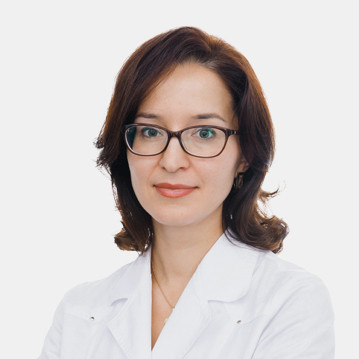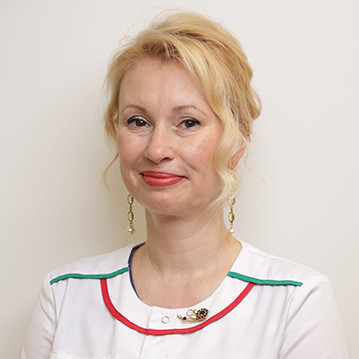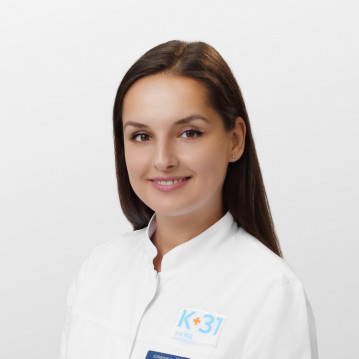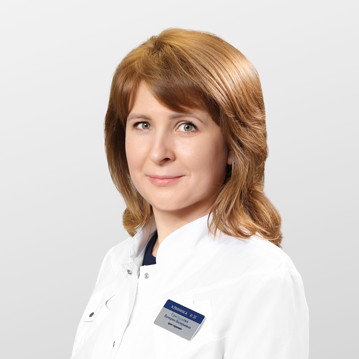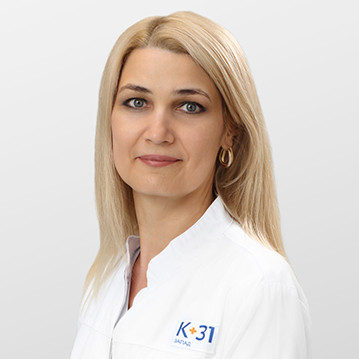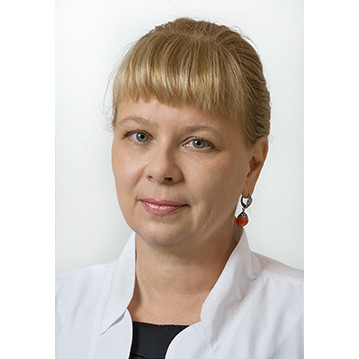Duodenitis is a mysterious disease that masquerades as other common gastroenterological ailments. Duodenitis - what is it?
Duodenitis is an inflammatory process that affects the lining of the duodenum, causing symptoms that resemble those of a peptic ulcer or even acute pancreatitis. The most common are pain and discomfort in the abdomen.
The complexity of diagnosing this disease lies in its duality. Acute duodenitis can last only a few days, accompanied by burning pain, nausea and belching. However, without proper attention and timely therapy, it often passes into the chronic stage, penetrating deeper into the digestive system. This process causes serious complications, such as intestinal perforation or intestinal bleeding. Treatment for duodenitis includes diet and medication, and in more severe cases, hospitalization.
Etiology and pathogenesis of duodenitis: primary and secondary factors
Primary duodenitis occurs independently of other diseases and is often associated with lifestyle and eating habits. Most often, inflammation of the duodenum 12 develops under the influence of the following factors:
- Eating spicy, sour, fatty foods.
- Frequent intake of coffee, carbonated drinks.
- Smoking.
- Alcohol abuse.
These factors destroy the protective mechanisms of the mucosa and lead to an inflammatory process. However, primary cases of duodenitis are less common than secondary ones.
A secondary disease occurs against the background of pre-existing diseases and conditions. These include:
- Infection of the duodenum with the bacterium Helicobacter Pylori.
- Chronic gastritis and peptic ulcer, which can spread to the duodenum.
- Disturbances in blood circulation, trophism, innervation and tissue respiration in the intestinal wall.
Colitis and hepatitis can also provoke the disease.
Classification
Duodenitis, inflammation of the duodenum, comes in different forms, and its nature depends on the degree and type of inflammation:
- Superficial duodenitis. This is the initial stage of the disease, which can worsen if treatment is not applied on time.
- Erythematous duodenitis. A feature of this form is the redness of the mucosa, which can be seen during a special examination (endoscopy).
- Erosive duodenitis. This is a serious type of inflammation with the formation of wounds on the mucous membrane, which can cause bleeding.
- Duodenitis catarrhal. It often occurs due to food irritation and is well treated.
If you suspect duodenitis, the symptoms and treatment of this disease should be discussed with a gastroenterologist, as the wrong approach to treatment can lead to an aggravation of the condition.
Clinical manifestations of duodenitis
Duodenitis is of two types - acute and chronic. Acute duodenitis is sometimes difficult to distinguish from other diseases of the gastrointestinal tract.
Common signs of duodenitis include:
- Pain in the upper abdomen.
- Nausea and vomiting.
- General weakness.
- Temperature increase.
Acute duodenitis can go away on its own, but relapses later lead to a chronic form of the disease.
Specific symptoms may include:
- Excessive gas formation.
- Heartburn and bad-tasting belching.
- Lack of appetite.
In children, inflammation of the duodenum can be found in different age groups. The disease is characterized by exacerbations in the off-season. A feature of the chronic form in children is the preservation of a good appetite, while they may be disturbed by frequent constipation, and during a visual examination, a white coating is noted on the tongue.
Duodenitis and gastritis: differences and interrelation of inflammatory processes of the gastrointestinal tract
Duodenitis and gastritis are included in the group of diseases of the digestive system. They have not only much in common, but also some differences. Let's compare both diseases in two important aspects:
- Nature. Both duodenitis and gastritis are considered inflammatory diseases of the mucous membranes of the gastrointestinal tract. They can be caused by various factors: infections, malnutrition, stress, medication.
- Relationship. Not infrequently, one disease can turn into another, leading to a combined inflammation, known as gastroduodenitis. Usually inflammation starts in the stomach and then spreads to the intestines.
The joint pathology of these diseases is especially common in pediatric medical practice.
Main differences
The main difference between duodenitis and gastritis lies in the place of their localization. Gastritis affects the lining of the stomach, while duodenitis affects the duodenum.
Although duodenitis, its symptoms and treatment in adults are similar to gastritis, they can also vary depending on the site of inflammation. Duodenitis is often characterized by "hungry" and "night" pains, while gastritis is manifested by early pain after eating.
Gastritis can be caused by long-term use of non-steroidal anti-inflammatory drugs, and in such cases, the doctor may recommend painkillers from a different pharmacological group.
Duodenopathy and gastritis have much in common, but their differences in localization and clinical presentation make each disease unique.

